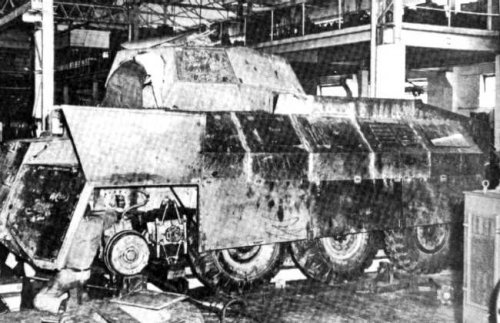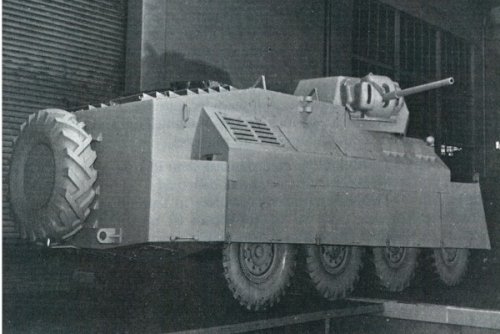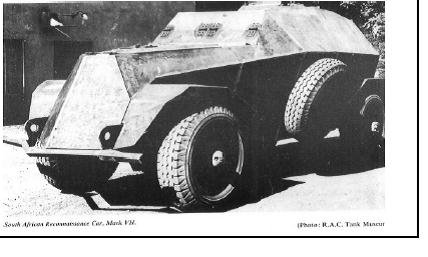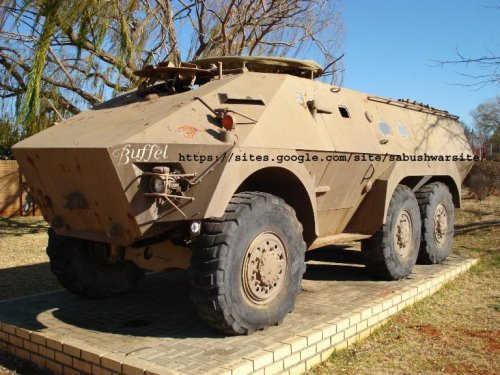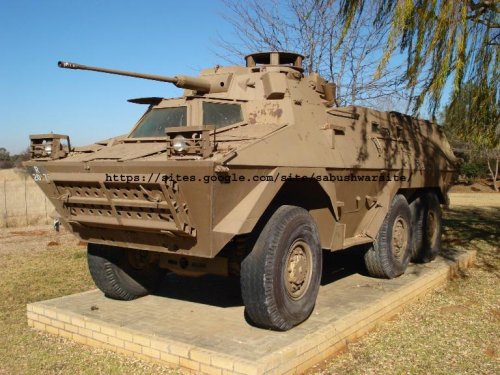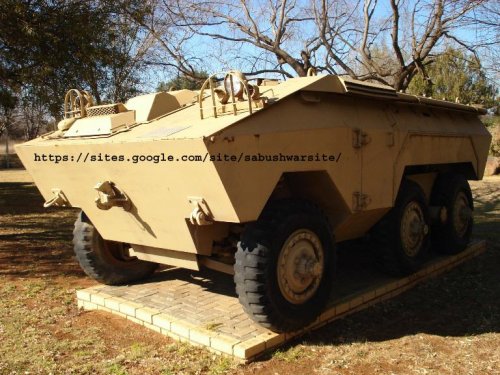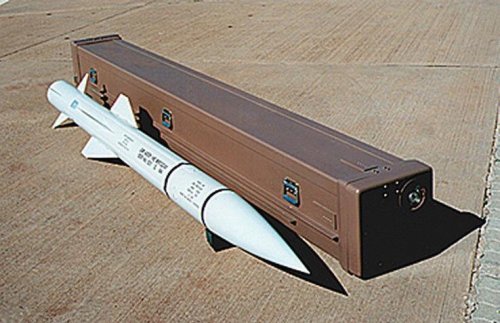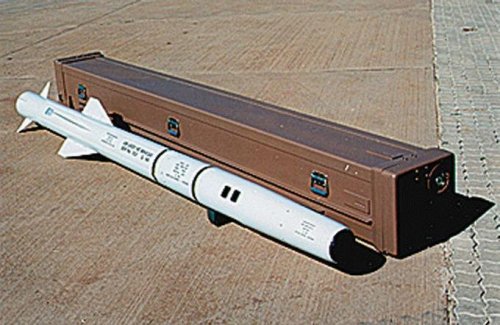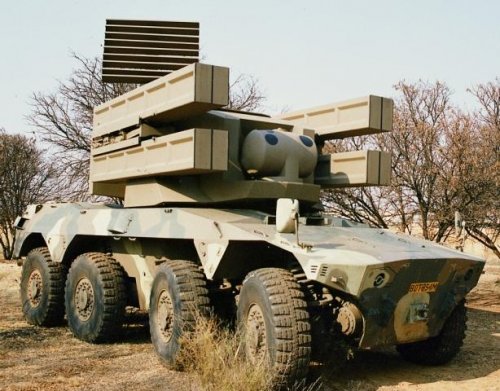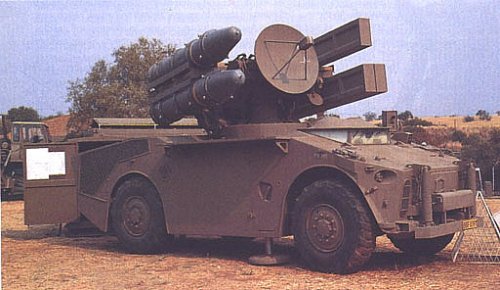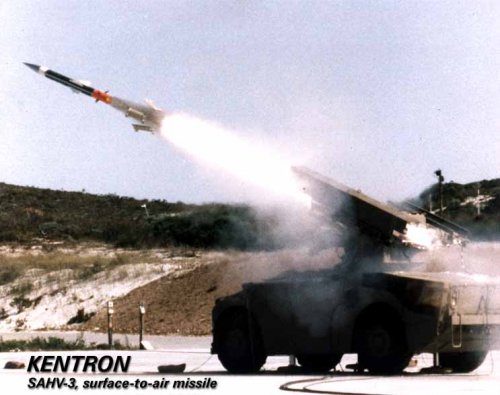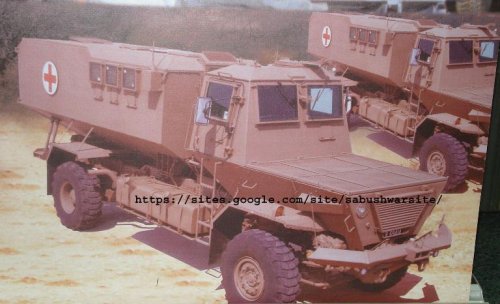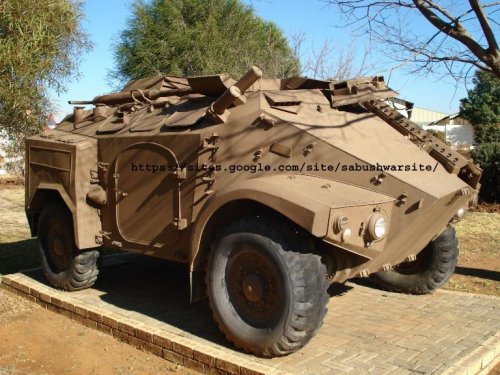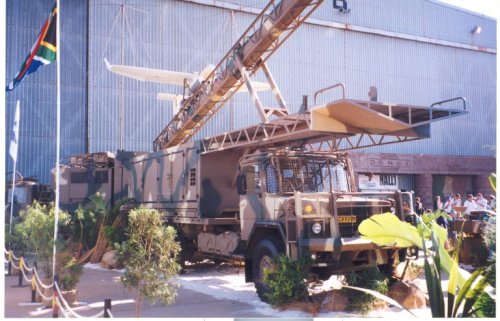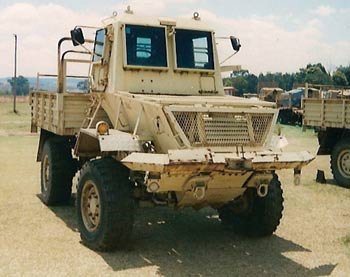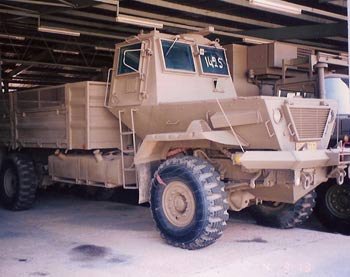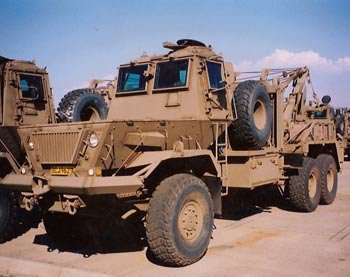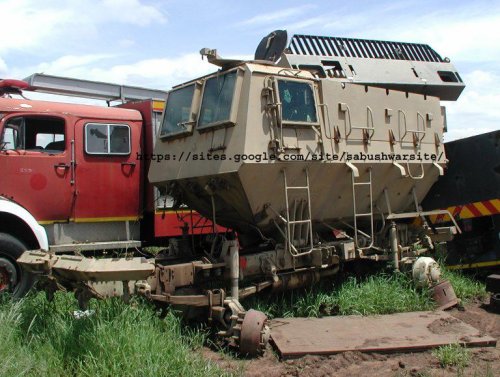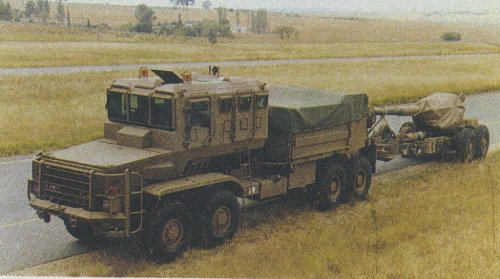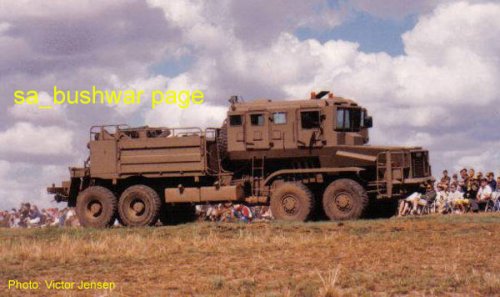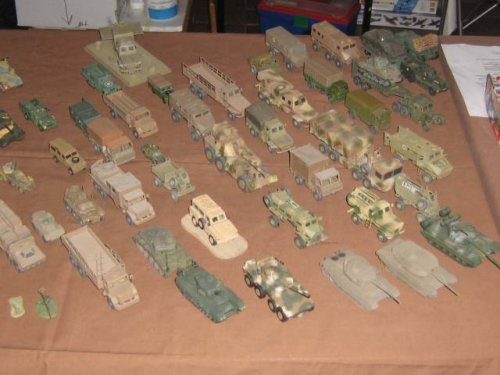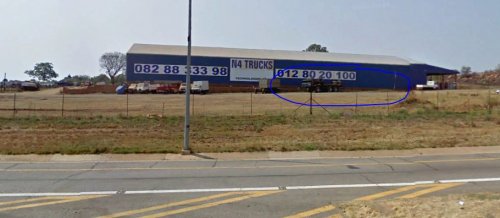- Joined
- 27 March 2006
- Messages
- 1,873
- Reaction score
- 1,621
The reason I'm looking back into the 1940's, is that 2 rare types of the South African Reconnaissance Car I don't have much info on.
The Mark 5 was an earlier attempt at an 8x8 vehicle by South Africa (actually an 8X4 in this case) during WW2. It conducted its trials in February/March 1942, and was powered by 2 Albion petrol engines each pushing out 160hp. In unarmoured and unarmed format for testing, it weighed in at 16 tons, but with fully armed and armoured vehicles were estimated to be about 23 tons. Although it proved to give a good ride on firm terrain, it wasn't that good in soft sand, and was superseded by the Mk6 shown above.
The whereabouts of the single prototype constructed is not known, if it indeed still exists.
These 2 photos are the only ones I've ever seen.
The Mark 5 was an earlier attempt at an 8x8 vehicle by South Africa (actually an 8X4 in this case) during WW2. It conducted its trials in February/March 1942, and was powered by 2 Albion petrol engines each pushing out 160hp. In unarmoured and unarmed format for testing, it weighed in at 16 tons, but with fully armed and armoured vehicles were estimated to be about 23 tons. Although it proved to give a good ride on firm terrain, it wasn't that good in soft sand, and was superseded by the Mk6 shown above.
The whereabouts of the single prototype constructed is not known, if it indeed still exists.
These 2 photos are the only ones I've ever seen.

